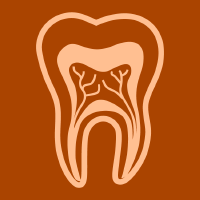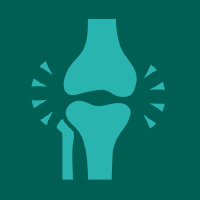Topic Menu
► Topic MenuTopic Editors


Surfaces in Healthcare Bridging Medicine and Dentistry with Material Science
Topic Information
Dear Colleagues,
This MDPI Topic is centered on the innovative use of material science in developing surfaces for healthcare applications focusing on medicine and dentistry. It aims to explore the intersection where advanced materials meet healthcare needs, showcasing how surface technologies can enhance medical devices, dental implants, and patient care. By featuring research that spans from the molecular design of surfaces to their practical applications, this issue offers a comprehensive view of how cutting-edge material science is revolutionizing both medical and dental fields, fostering a synergy between two closely related yet distinct areas of healthcare.
Suggested Topics:
Integration of Antimicrobial Surfaces in Healthcare: Investigating the design and effectiveness of antimicrobial surfaces in medical and dental settings to combat infections.
Advancements in Photocatalytic Surfaces for Sterilization: Exploring the applications of photocatalytic materials in sterilizing medical and dental tools and environments.
Innovations in Smart Surfaces for Drug Delivery: Examining intelligent surfaces in medical devices for controlled drug release, with potential applications in targeted dental treatments.
Biocompatible Surfaces in Medical and Dental Implants: Focusing on the development of biocompatible materials that improve the safety and effectiveness of implants in both medicine and dentistry.
Surface Engineering for Enhanced Diagnostic Accuracy: Discussing the role of advanced surface technologies in improving diagnostic devices, including those used in dental diagnostics.
Eco-friendly and Sustainable Materials in Healthcare Surfaces: Addressing the environmental impact of surface materials used in medical and dental applications, promoting sustainability.
Material Science in Orthodontics and Prosthodontics: Exploring how new materials and surface technologies are being applied in orthodontic and prosthodontic devices for improved performance and patient comfort.
This issue aims to be a valuable resource for researchers, engineers, healthcare professionals, and dental practitioners, highlighting the dynamic role of material science in evolving healthcare technologies.
Prof. Dr. Luminiţa Andronic
Dr. Alina Vladescu
Topic Editors
Keywords
- material science innovations
- medical surface engineering
- dental
- material technologies
- antimicrobial surfaces
- photocatalytic sterilization
- biocompatible implants
Participating Journals
| Journal Name | Impact Factor | CiteScore | Launched Year | First Decision (median) | APC | |
|---|---|---|---|---|---|---|

Coatings
|
2.9 | 5.0 | 2011 | 13.7 Days | CHF 2600 | Submit |

Dentistry Journal
|
2.5 | 3.7 | 2013 | 26 Days | CHF 2000 | Submit |

Journal of Functional Biomaterials
|
5.0 | 4.6 | 2010 | 15.8 Days | CHF 2700 | Submit |

Materials
|
3.1 | 5.8 | 2008 | 15.5 Days | CHF 2600 | Submit |

Polymers
|
4.7 | 8.0 | 2009 | 14.5 Days | CHF 2700 | Submit |

MDPI Topics is cooperating with Preprints.org and has built a direct connection between MDPI journals and Preprints.org. Authors are encouraged to enjoy the benefits by posting a preprint at Preprints.org prior to publication:
- Immediately share your ideas ahead of publication and establish your research priority;
- Protect your idea from being stolen with this time-stamped preprint article;
- Enhance the exposure and impact of your research;
- Receive feedback from your peers in advance;
- Have it indexed in Web of Science (Preprint Citation Index), Google Scholar, Crossref, SHARE, PrePubMed, Scilit and Europe PMC.

